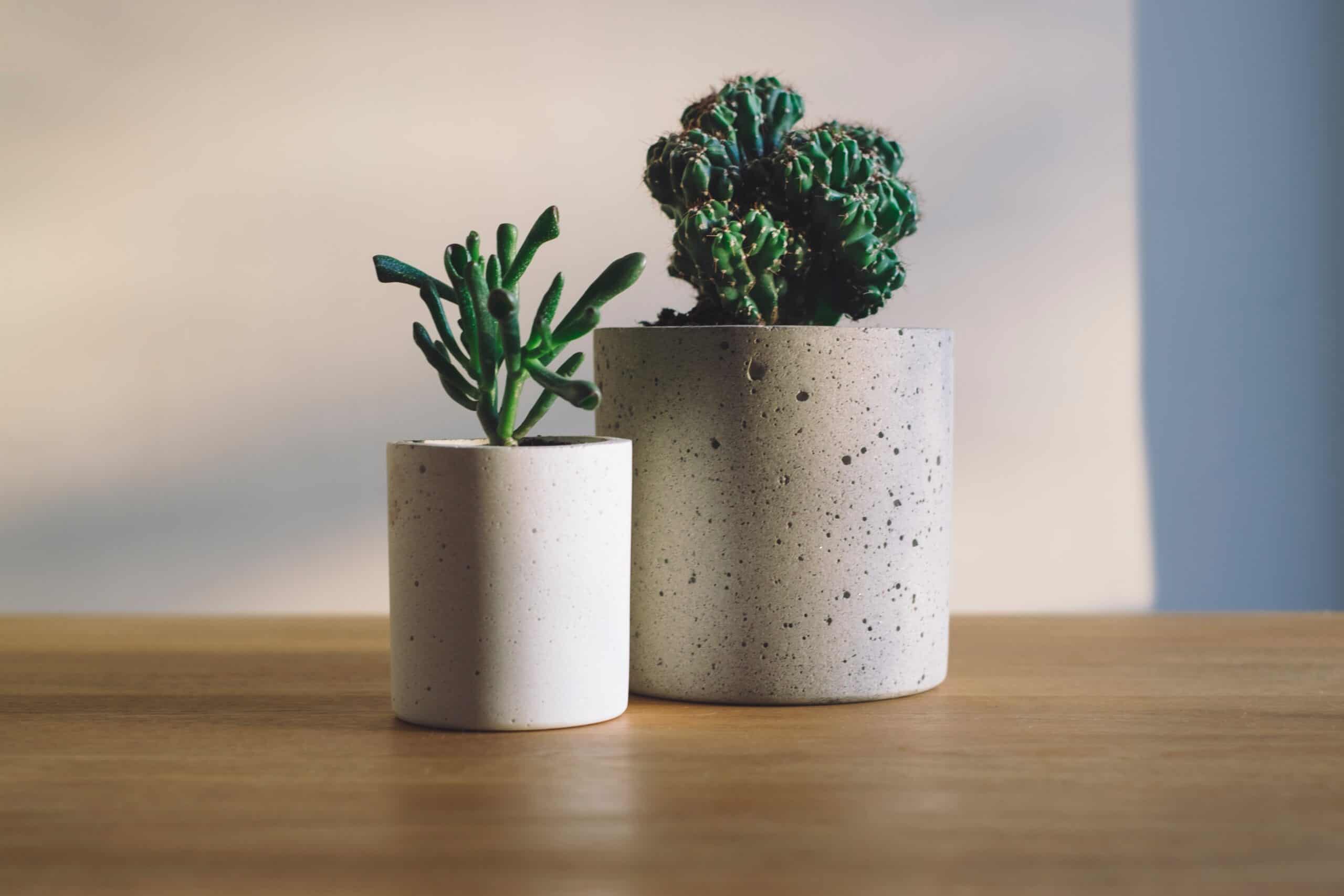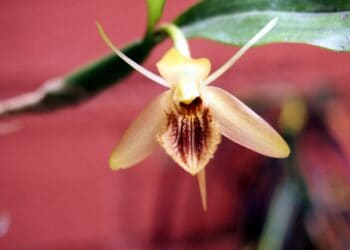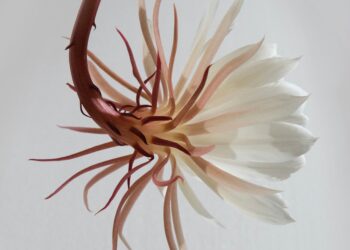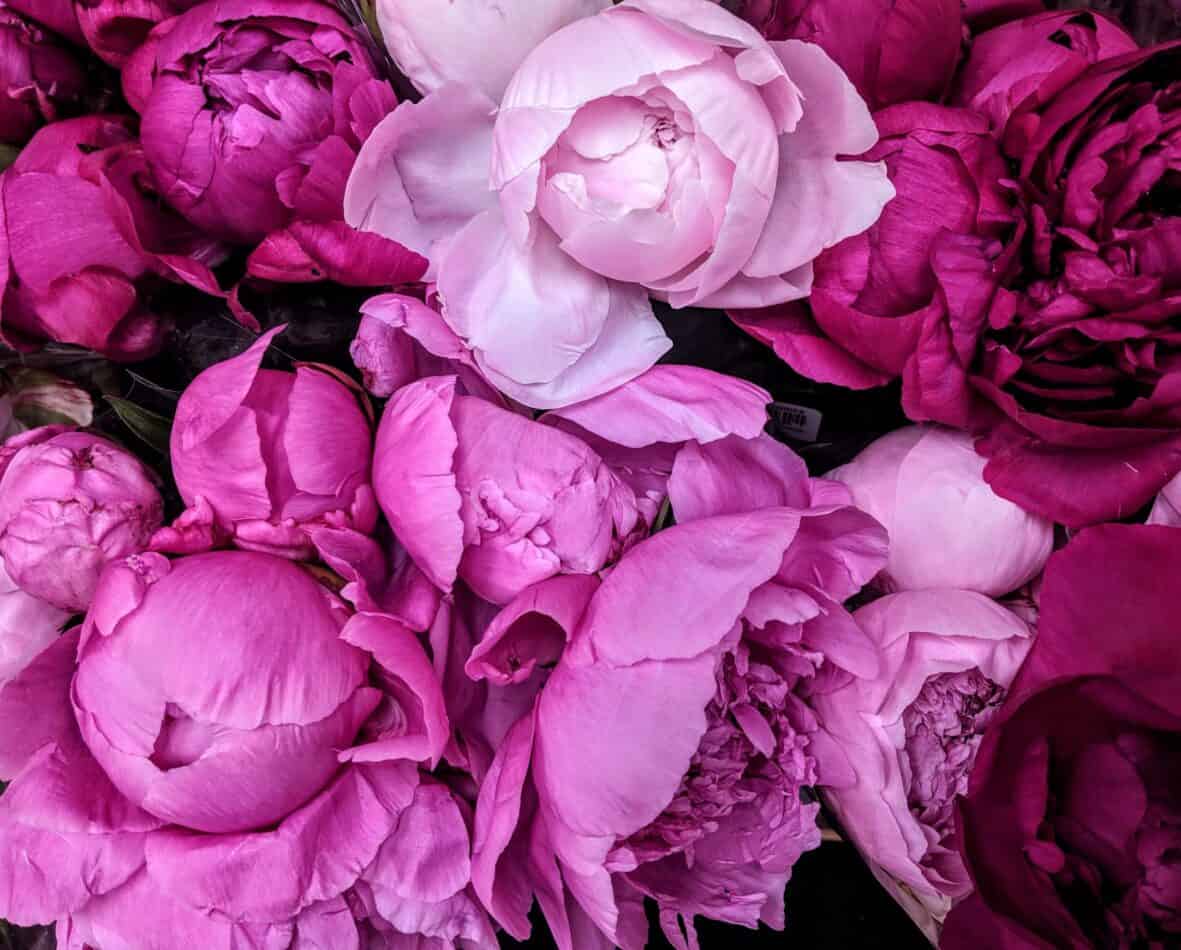Plants have played a significant role in human culture throughout history, from their use in medicine and food to their symbolic meaning in various rituals and ceremonies. However, plants have also become a prominent feature in pop culture, especially in the form of flowers and trees. These natural wonders have been used in various forms of art, music, and literature, shaping our cultural landscape in numerous ways.
Flowers in Pop Culture: From Literature to Music
Trees as Symbols of Wisdom and Longevity in the Literature
Flowers are perhaps one of the most ubiquitous symbols in pop culture. They have been used to convey a range of emotions, from love and affection to sadness and grief. In literature, flowers have often been used as a metaphor for beauty and fragility, as seen in the works of poets such as William Wordsworth and Emily Dickinson. In music, flowers have been used as a symbol of peace and love, as seen in the iconic song “Blowin’ in the Wind” by Bob Dylan, which features the famous line, “How many roads must a man walk down, before they call him a man? How many seas must a white dove sail, before she sleeps in the sand? Yes, and how many times must the cannonballs fly, before they’re forever banned? The answer, my friend, is blowin’ in the wind, the answer is blowin’ in the wind.”
Trees are another natural wonder that has played a significant role in pop culture. In literature, trees have been used as a symbol of wisdom and longevity, as seen in J.R.R. Tolkien’s “Lord of the Rings” series, where the tree-like Ents are the guardians of the forest. In music, trees have been used as a symbol of growth and change, as seen in the song “The Trees” by Rush, which features the lyrics, “The trouble with the maples, and they’re quite convinced they’re right, they say the oaks are just too lofty, and they grab up all the light. But the trees can’t help their feelings if they like the way they’re made. And they wonder why the maples, can’t be happy in their shade.”
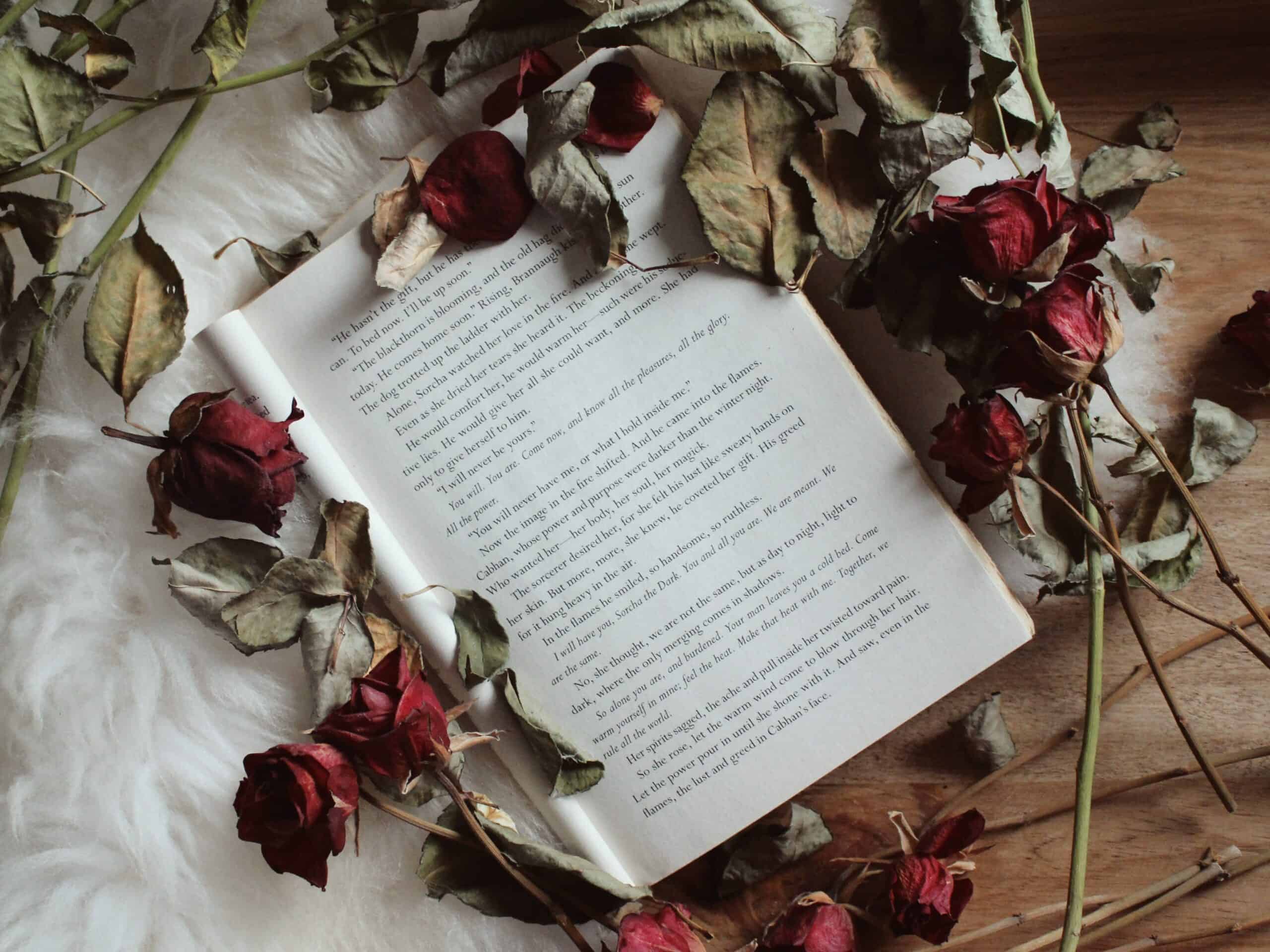
Plants in Fashion, Film, and Art
Plants have also been used in fashion, with floral patterns and leaf motifs being popular in clothing and accessories. In the film, plants have been used to set the scene and create an atmosphere, from the lush forests in “Avatar” to the eerie plants in “Little Shop of Horrors.”
Flowers have also been used in visual art, from paintings to tattoos. One of the most famous art pieces featuring flowers is Vincent van Gogh’s “Sunflowers.” This series of paintings depicts a vase of sunflowers in various stages of life, from fresh blooms to withering petals. The paintings have become an iconic symbol of the beauty of nature and the transience of life.
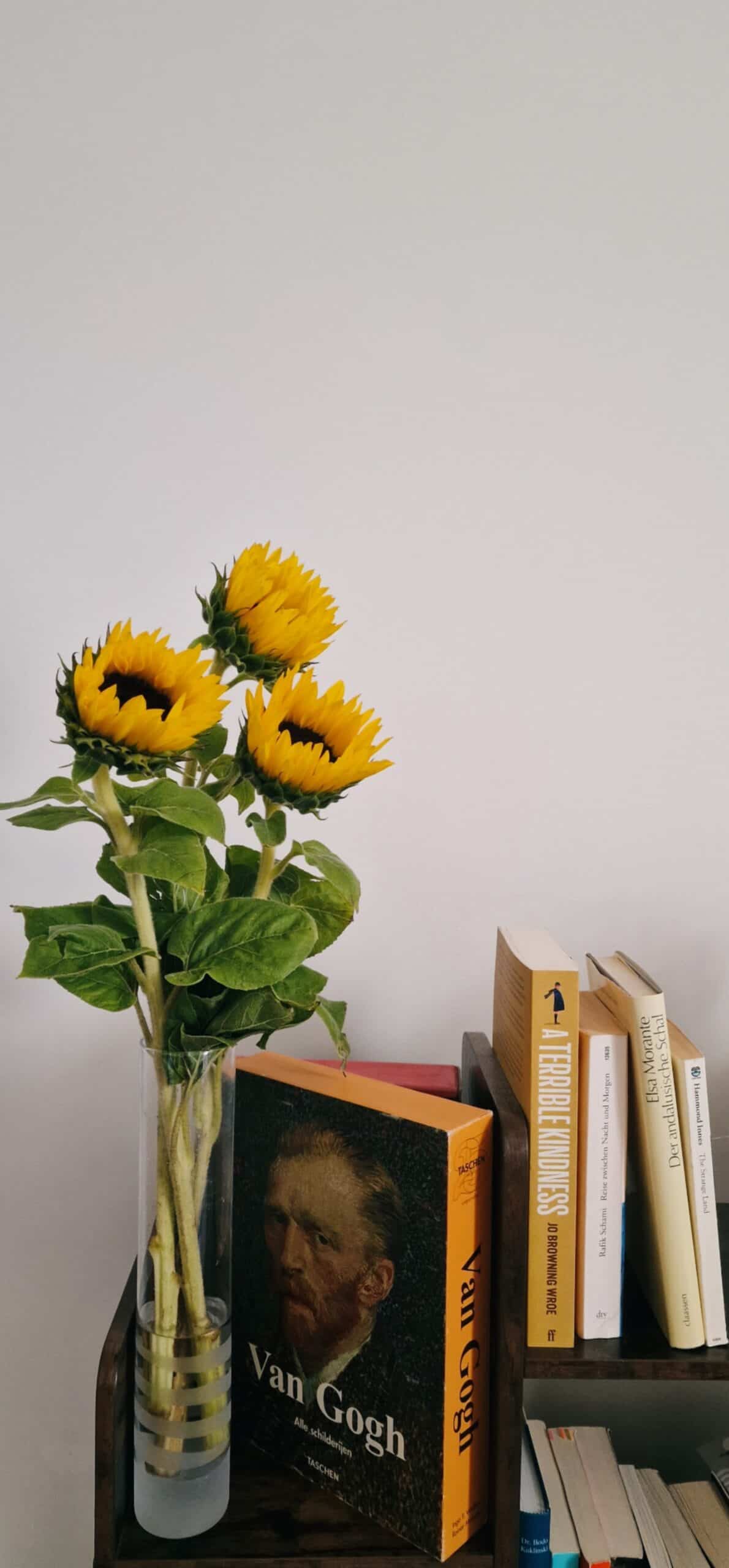
The Importance of Plants in Our Daily Lives
However, it’s not just the beauty and symbolism of flowers and trees that have shaped our culture. They have also played a significant role in our daily lives, from the food we eat to the air we breathe. Plants provide us with nourishment, medicine, and materials for clothing and shelter. They also play a crucial role in the environment, cleaning the air and providing habitats for various animals.
In recent years, plants have become even more prominent in pop culture, particularly with the rise of plant-based lifestyles. Veganism and vegetarianism have become increasingly popular, with more people choosing to adopt plant-based diets for ethical, health, and environmental reasons. This has led to a surge in plant-based products, from food to clothing, and even beauty products.
Moreover, the use of plants in pop culture has also inspired many people to connect with nature and incorporate it into their daily lives. From gardening to hiking, more and more people are seeking ways to be closer to nature and appreciate its beauty and benefits. This has led to a renewed interest in traditional herbal remedies, as well as a rise in eco-tourism and sustainable living practices.
Using Plants in Pop Culture for Advocacy and Awareness-Raising
Plants in pop culture have also become a tool for advocacy and awareness-raising. For instance, the use of flowers and trees in environmental campaigns has become a common theme, promoting conservation and sustainability. Additionally, the use of plants in art and media has also been used to highlight the importance of protecting our natural world and the devastating effects of climate change.

In conclusion, the impact of plants in pop culture is undeniable. They have become a powerful symbol of beauty, resilience, and interconnectedness, shaping our cultural landscape in countless ways. As we continue to face the challenges of the modern world, it is essential to recognize the importance of plants in our daily lives, and the role they play in sustaining our planet and enriching our culture.
What we love from Amazon this week
Buy these wonderful flowers directly from Amazon:



